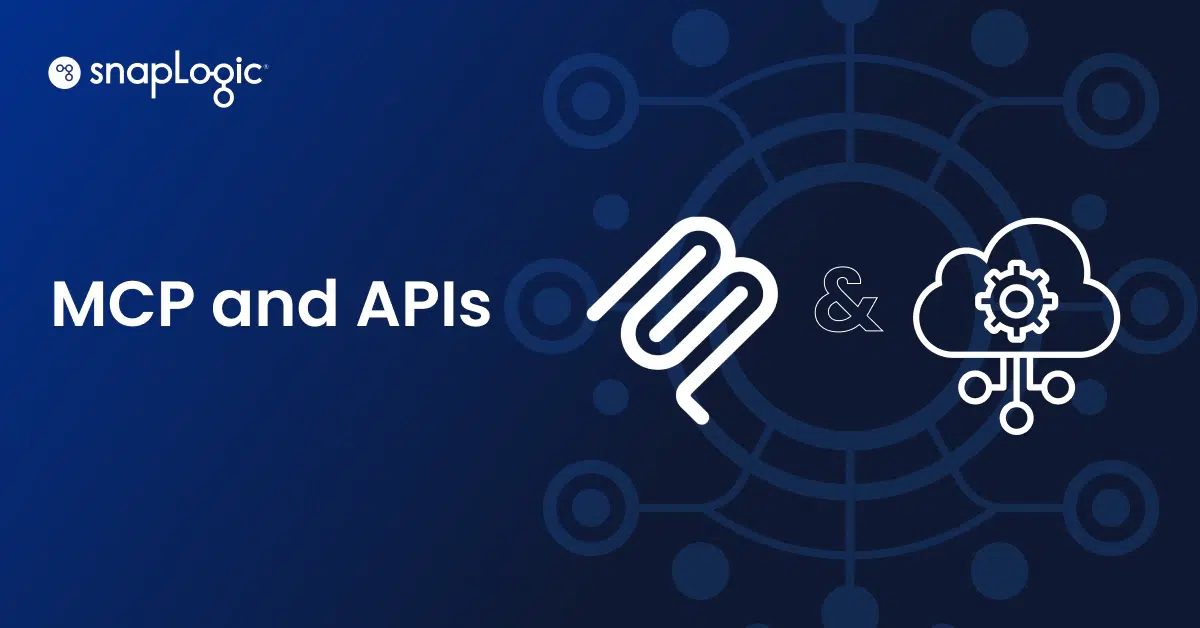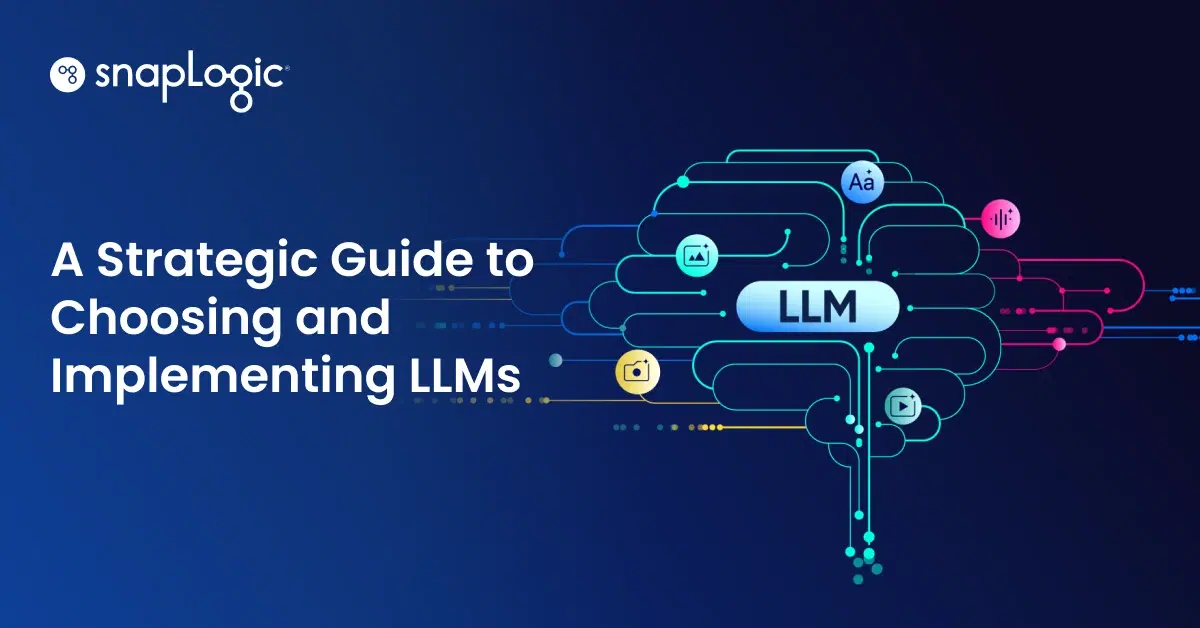With a recent executive panel session at the HMG Strategy Innovation Summit, Silicon Valley, I spoke about the importance of versatility in an integration platform as a critical capability to both declutter and accelerate IT. Also, I introduced the concept of user scalability as an important metric to gauge the effectiveness of a platform to deliver ease-of-use, especially when evaluating purportedly no-code platforms.
Clogged IT
When IT is bogged down with integration tools clutter, it is not only a burden to maintain all the tools, it is also an issue that skill levels for each tool across IT or integration teams will be uneven, leading to slow turnaround of integration requests. Slow integration turnaround means bottlenecks and slow time-to-value from data and integrations that negatively impact business results. Plus, of course, costs are duplicated if not creeping out of control.
If you are thinking, duh, all this is common sense, then possibly it is being underestimated just how quickly this duplication can happen and get out of control. Consider that along with the hundreds of integration tools offered in the IT industry today, many of the thousands of SaaS applications offer their own basic integration or connectivity capabilities. Don’t forget to count databases and data warehouses that offer their own integrations, as well. Each time an application is brought into an environment, or snuck in via shadow IT, integration burdens expand exponentially.
Declutter and Consolidate
Then there’s production/operational data integration needs versus post-production analytical data integration needs. From my discussions with enterprise decision makers, for every environment that wants to push data to a warehouse and go from there, there are more environments that prefer data to flow directly between applications and defer the data flow to a warehouse because of lower-latency operational speed advantages for app-to-app integrations and because it is less complex.
The only way to get ahead of this, eliminate clutter, and accelerate IT is with an integration platform that offers the versatility to accommodate all these various modes and allow the design of creative integrated solutions when needed. If you think this is table stakes and all integration platforms offer these capabilities, think again. It is easy to say, but hard to do. To achieve the level of versatility I’m speaking of most integration platforms are too complex and difficult to use and scale
User Scalability
Leading to my second point: user scalability. It is such a simple metric, but it is very revealing and it says a lot.
Any integration platform can be developed and brought to market if only a few specialists or a few dozen individuals are expected to use it at any given time. If, however, you are embarking on a digital transformation journey and you have visions of achieving integration democratization at scale, meaning, individuals creating their own integrations (rather than requiring integrations to go through IT), then you want a clear path to achieving a scale of up to hundreds and thousands of users.
Add to this, the option to be versatile as mentioned previously, plus the ability to scale from record-level operational integrations to potentially ingesting a million or more records or rows into whatever data platform your environment requires.
Versatility Plus User Scalability Leads to Business Acceleration
Here again, it is easy to claim a platform offers enterprise scale, but it is hard to do. The typical integration platform would hit a wall at these levels and never scale beyond department usage.
User scalability is also an indication of how easy a platform is to use. A scale of thousands of users building or operating their own integrations can only happen if a platform is easy to use. For example, with SnapLogic, at one of our largest installations, we have well over 2,000 individuals within a single company empowered to perform their own integrations. Hundreds of users may be active at any given time.
Hard to use platforms can’t scale users to these levels – they’ll hit a wall.
To accelerate IT or to achieve democratization of integrations for digital transformation and true enterprise-wide automation strategies, look for versatility and high user-scalability in your integration platform.
Because when IT plans, scopes, architects, secures, and then gets out of the way to let groups (technical or business), in large numbers, do their thing – business acceleration happens.
Engage in our 30-day free trial or request a custom demo and gauge for yourself the versatility, ease-of-use, and user scalability of SnapLogic’s intelligent integration platform.











